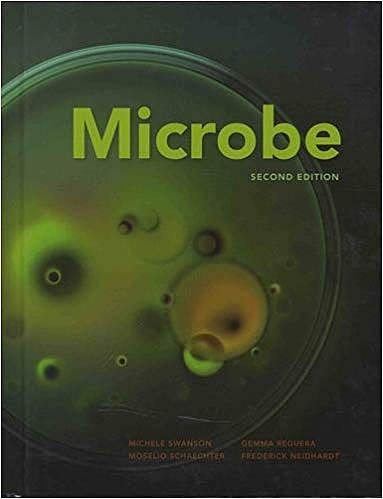
Microbe
Michele Swanson, Gemma Reguera, Moselio Schaechter, ... [et. al.]
2nd ed.
Washington, DC : ASM Press, cop. 2016
 |
Microbe Michele Swanson, Gemma Reguera, Moselio Schaechter, ... [et. al.] 2nd ed. Washington, DC : ASM Press, cop. 2016 |
11 termes
| Bacillus sp. YP1 [nom científic] |
|
| bacterial ectosymbiont n. |
|
| bacteria-plant association n. |
|
| Bacteroides thetaiotaomicron [nom científic] |
|
| Bam n. |
|
| BCG vaccine n. |
|
| beer making n. |
|
| binary cell division n. |
|
| biotechnological potential n. |
|
| broad-spectrum antibiotic n. |
|
| Burkholderia pseudomallei [nom científic] |
|